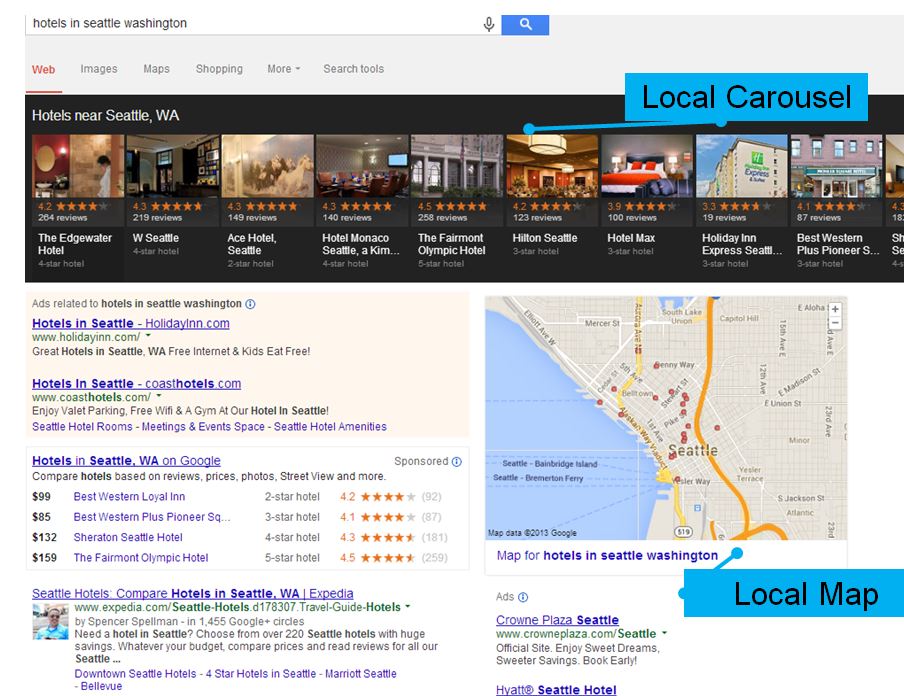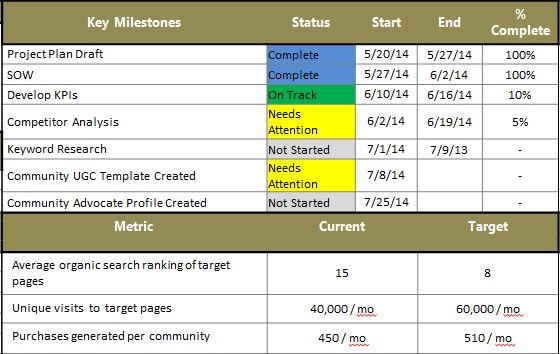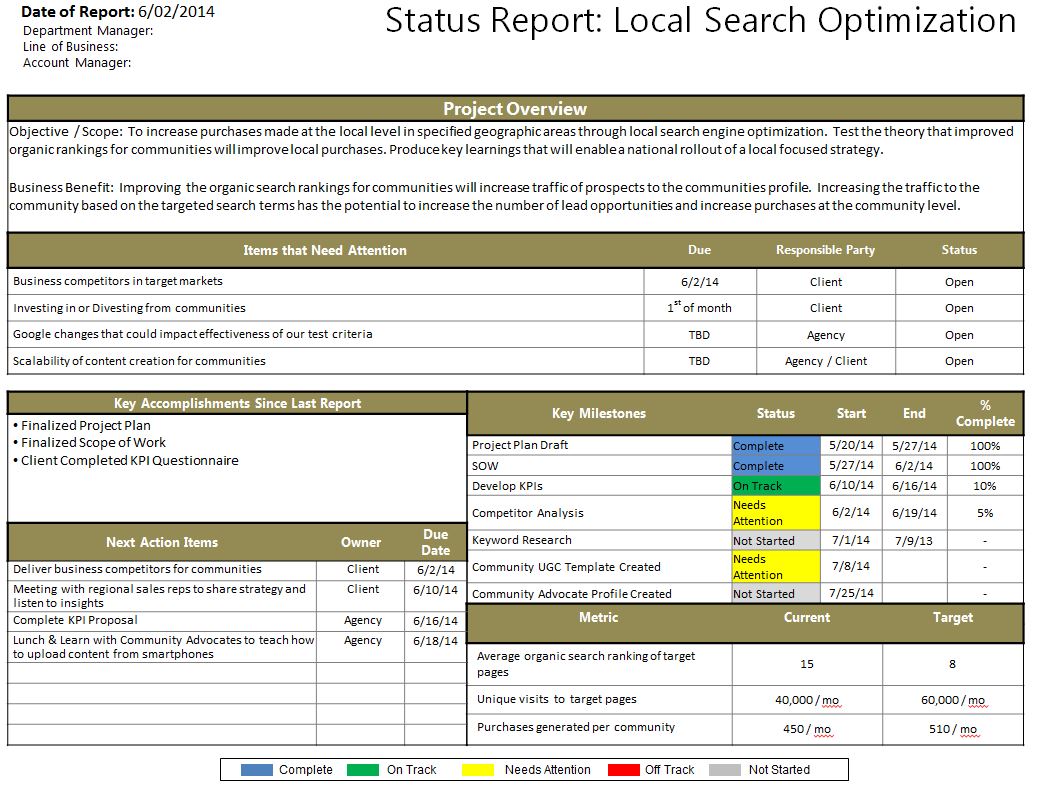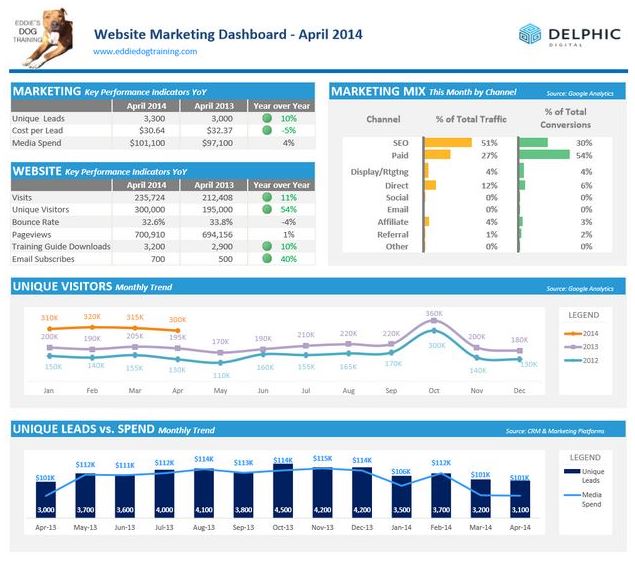Forest or Trees? When an SEO Project Becomes a Local SEO Project
Last updated: June 4th, 2014
How to know when you have a local SEO project and what to do.
Local SEO is often camouflaged in the forest of SEO. While Local SEO is a form of Search Engine Optimization, the tactics to achieve better local search rankings can differ and require a different focus. In recent years and through this very site there have been some great guides on how to do Local SEO which are helpful to ensure you are successful at optimizing a website for local search results (those results next to the map or the local carousel as in the image below).

However, these guides often are geared for the individual who knows that they need to do Local SEO and want better local search results. What they don’t do is inform a business or an SEO as to how to know that what they need is indeed Local SEO and not general SEO. Also, as the approach to these two types of SEO can vary widely, I personally haven’t seen much shared in the way of detailing how to outline a scope of work for a Local SEO project. It’s often “just get me ranking” or “we’ll get you top placement on the map!” and not a lot of details to the work or hours to be invested, let alone how success will be measured.
In light of this area of need (at least freely shared online), the goal of this post is to walk a business or an SEO professional through the process of identifying Local SEO projects, scoping the work to be involved, how to track the project and what metrics to use to judge the (hopefully) positive impact of Local SEO.
Also, if you know of any other great references that can further this discussion, please share them!
Step 1. Recognize
The easiest way to identify when an SEO project has a local SEO component or is completely a local SEO project is to understand the client’s type of business, their goals, service offerings and current market saturation.
Below are 5 conversation cues to help identify a Local SEO project.
Types of business or organization for which a Local SEO can be anticipated:
- Is a physical, brick and mortar company. Period. (i.e. a Plumber, Franchise of National Chain)
- Is a national brand that wants to get more business in a certain city, state or region (i.e. Hilton Hotels, Uber, SocialRadar, Hospital Networks)
- Is an organization, non-profit, campaign or initiative that wants to generate awareness in certain cities, states or regions (i.e. Good.Is, Congressional Campaigns)
Some cues to watch for in the services and goals discussion include:
- Wants to help build an online presence to assist the effort of local sales representatives (i.e. Phoenix University)
- Want to build brand awareness. As brand awareness means different things to different organizations, ask what they want their brand to be known for and how it will be measured (it could very well be that they want to “be known as the best [enter service] in [enter location].
These conversations are ideally had in the sales process; before you’ve signed on to “do SEO for them”. So share these conversation cues with your business development team, sales managers and CEOs who are often on the front lines of talking to potential business.
Step 2. Define
Define the project scope through understanding the following 3 elements:
- Market Competitiveness – How competitive is their online market. A quick review of the keyword competitiveness in Google Adwords can give a rough indicator of this.
- # of Locations – The amount of work can be multiplied for every location that the business has or that they want to move up in rankings.
- # Number of Outstanding Local Optimization Issues – running a check with a service such as Yext, Moz Local (or if you’re really adventurous, going through this Local SEO guide – yes, it’s mine, shameless plug)
Pull these together into a project overview and scope that includes how the Local SEO will impact the business.

Then outline the Key Milestones of the project and Metrics by which the project will be measured.

Step 3. Develop Project Tracking.
In my experience there have been two types of communication desired by clients and SEOs. The first being the over-sharer, the client or SEO who calls nearly every day either to “just check-in” or “just to remind you” that something is wanted, be it that the client wants their service done or the SEO wants a response to something they sent. The second type of communication is the ghost. The ghost is the client who pays the bill and disappears, hoping that the work will be done because they paid the bill or it is the SEO who prefers to work behind the scenes, doing whatever they need to do before asking for items that need the client’s feedback or action.
However, we all know that realistically work rarely happens in a vacuum and that work doesn’t happen if all we’re doing is preparing status updates.
Thus we bring in the status report.
This report gives both client and SEO a way to communicate what’s going on in the project, what’s done, what’s due, how we’re measuring success and “what is this all about again?”. This is best reviewed in a brief 30 minute call each week.
Below I’ve shared a template that I absolutely love. Its spreadsheet that fits on 1 page and covers just about all that one would want to know about the project, starting with the high level overview at the top, to the nitty gritty details at the bottom. It’s not going to make up for a detailed project brief at the beginning of the relationship or the incremental reporting throughout the engagement, but it should cover just about everything else.

I want to call particular attention to two sections “Key Accomplishments Since Last Report” and “Next Action Items” as far as project status meetings go, this has been my favorite way to communicate what to expect, week in and week out. Notice how it also calls out when a client has accomplished something and when an action item is due from them. This can be a great piece for your client to share if they have a manager or boss who they want to inform about what they’ve been spending time on or how they are contributing to a client. After all, your Point of Contact is often the voice for your entire company to their entire company, do what you can to help that person be recognized for their actions and make them look good.
Pro Tip:
If you use Google Sheets and share it with your client, you can link to the project brief, reports and other important documents to make this status report even more actionable.
Step 4. Develop Project Reporting.
As Local SEO can often take weeks to actually see the affect it has on rankings, project reporting is the final step I’ll cover here. Note that while it’s the final step, it does require the conversation to have started from the beginning otherwise your effort could have been spent on optimizing for rankings that aren’t important for the client or that won’t generate the desired goals, whether it be sales or website engagement. Building off of that initial understanding of the Key Performance Indicators of the project, you are able to later, develop a project reporting template that makes sense for the client.
In the project tracking spreadsheet above, there is already a built in section for “Metrics” which is how the Local SEO project will be measured, so this is a great place to start gathering and building display of the data. Depending on the size and scale of the local SEO project the rankings, website traffic and all other data may be able to be displayed on one simple dashboard pulled from Google Analytics; while for projects with various locations and metrics you may need to build a customized project report. Erin, the report-slayer at Delphic Digital is a pro at building customized dashboards for enterprise-level clients (note the beauty of the dashboard shown below) and I really value the time she invests in building these.

Again, the complexity of the report depends on your client’s business goals and needs, which if you’ve followed the steps of this blog, you will already be able to recite because you know you’re working on a Local SEO project aimed to deliver the results that your client is seeking.
Get your Free 25 minute Marketing Assessment with us TODAY.
Well, that’s all I’ve got for today, but if you’re eager to start on a Local SEO project and looking for more information on Local SEO, here’s a few great resources to dig into:
http://moz.com/blog/free-local-seo-education-for-businesses-on-a-shoestring-budget
http://moz.com/blog/local-search-ranking-factors-2013
http://localsearchforum.catalystemarketing.com/
http://searchengineland.com/7-things-i-have-figured-out-about-the-new-google-maps-167799
What you should do now
Whenever you’re ready…here are 4 ways we can help you grow your B2B software or technology business:
- Claim your Free Marketing Plan. If you’d like to work with us to turn your website into your best demo and trial acquisition platform, claim your FREE Marketing Plan. One of our growth experts will understand your current demand generation situation, and then suggest practical digital marketing strategies to hit your pipeline targets with certainty and predictability.
- If you’d like to learn the exact demand strategies we use for free, go to our blog or visit our resources section, where you can download guides, calculators, and templates we use for our most successful clients.
- If you’d like to work with other experts on our team or learn why we have off the charts team member satisfaction score, then see our Careers page.
- If you know another marketer who’d enjoy reading this page, share it with them via email, Linkedin, Twitter, or Facebook.
